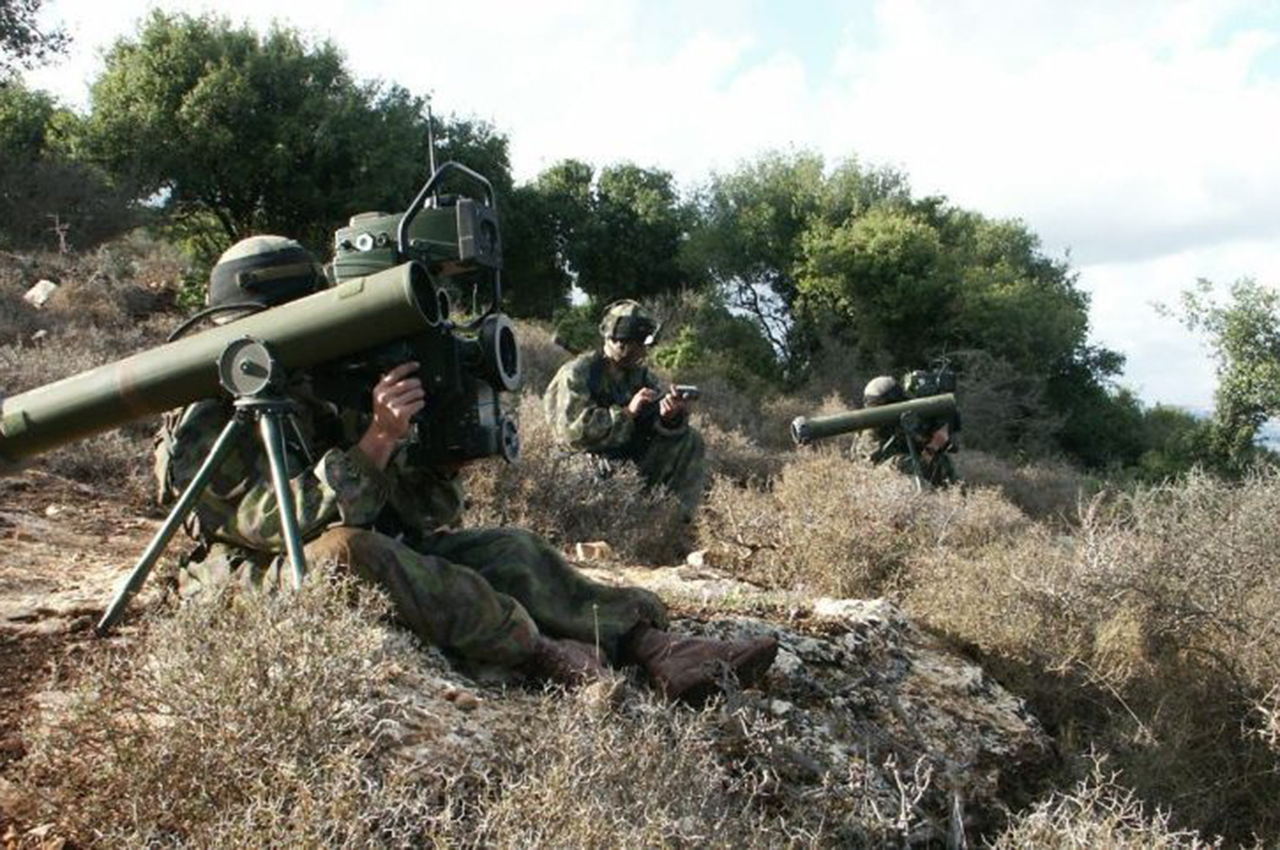
New Delhi: The Ministry of Defence (MoD) has cancelled the $500 million deal for Spike ATGM with Israel in favor of making a “home-grown” version. India had been expected to buy around 8,000 antitank missiles.
Rafael had entered into a joint venture with Kalyani group for missile production in India and the missile sub-systems manufacturing facility, based near Hyderabad, was inaugurated in August. The Kalyani Group had already invested about USD 12 million into the project. Deliveries by the joint Israeli-Indian venture were expected to start in 2018.
Defense experts have stated that the decision to cancel the deal was made to promote the indigenous development of the weapon system by DRDO. India has already developed anti-tank guided missiles Nag and Anamika before.
Nag is a third generation “fire-and-forget” anti-tank missile developed by India and is one of five missile systems developed by the Defence Research and Development Organisation (DRDO) under the Integrated Guided Missile Development Program (IGMDP). Nag has been developed at a cost of ₹3 billion (US$46.8 million).
India had also rejected an offer from US-based Raytheon-Lockheed Martin for Javelin ATGM in favour of the Israeli weapon system.
Spike is an Israeli fourth generation man-portable fire-and-forget anti-tank guided missile and anti-personnel missile with a tandem-charge HEAT warhead, developed and designed by the Israeli company Rafael Advanced Defense Systems.
Equipped with an imaging infrared seeker, this medium, long and extended range versions of the Spike also have the capability of “Fire, Observe and Update” operating mode. The missile has a soft launch capability – the motor firing after the missile has left the launcher – that allows for the missile to be fired from confined spaces, which is a necessity in urban warfare.
The missile uses a tandem warhead – two shaped charges, a precursor warhead to detonate any explosive reactive armor and a primary warhead to penetrate the underlying armor.
The Indian army still relies on decades old French Milan 2T and the Russian Konkurs ATGMs, which have limited range (2 kms) compared to Pakistan and they do not possess night firing capabilities.
The Pakistani Army uses Chinese made ‘Green Arrow’ ATGMs that have a range of about 3.5 kms.
India had closed the deal to purchase the Spike missile in 2016 and Israel’s government owned Rafael defense contractor was selected over a US offer of Javelin missiles.









